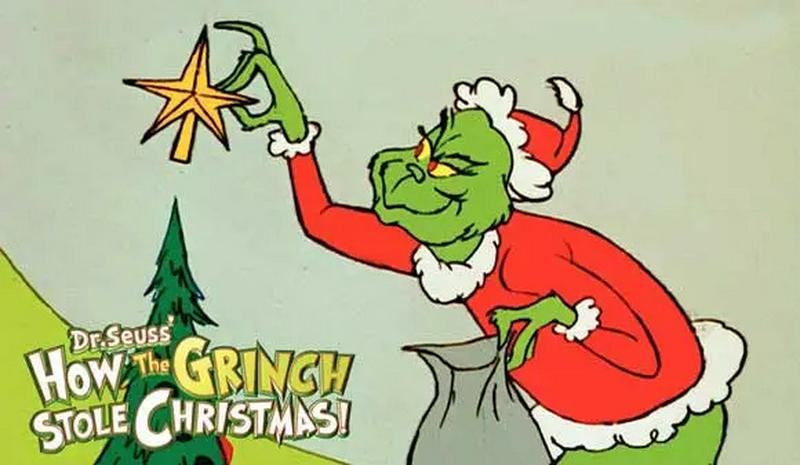The Incredible Backstory Of “How The Grinch Stole Christmas” By Dr. Suess
By | December 23, 2021

“How The Grinch Stole Christmas” by the singular Dr. Seuss became a Christmas movie staple when it first aired in 1966. However, due to a number of complications, the most festive Dr. Seuss tale of all his books nearly never made it to television. The backstory of Theodor “Dr. Seuss'' Geisel, the illustrious animator Chuck Jones and the unlikely odyssey to put the green Grinch on television deserves its own Hollywood movie.
The pair navigated Dr. Seuss’s infamous distaste of Hollywood, a severe lack of funding, and a rather large time deficit to create an all-time classic. This is the genesis of “How The Grinch Stole Christmas.”

A Bad Experience
Despite Dr. Seuss ultimately selling over 600 million copies of his unique children’s books, parlaying that success into movies eluded the rhyming writer. He became notoriously “anti-Hollywood” after his work on the screenplay of “The 5,000 Fingers of Dr. T.” went south. In other instances, his name was removed from credits while also suffering pirated redistribution.
In fact, it’s highly unlikely that the Grinch would have made it into our homes without Dr. Seuss’s prior relationship with the iconic animator Chuck Jones. Jones was instrumental in creating “Looney Tunes” and Bugs Bunny. Ironically, the pair first met while developing animated safety videos for the Army!

An Unlikely Backer
Thanks to Dr. Seuss’s trust in Jones, the project looked viable, that is until they attempted to secure funds. Back then advertisers and not the studios provided funding for the television specials. For example, the quintessential “A Charlie Brown Christmas'' received its backing from Coca-Cola. Even though “How The Grinch Stole Christmas'' featured the braintrust of Seuss and Jones, they struggled to find a company willing to foot the bill.
However, they did eventually find a deep-pocketed backer from an improbable source: the Foundation for Commercial Banks. Jones found their involvement slightly baffling, “I thought that was very odd, because one of the great lines in there is that the Grinch says, ‘Perhaps Christmas doesn’t come from a store.’ I never thought of a banker endorsing that kind of a line. But they overlooked it, so we went ahead and made the picture.”

Big Bucks
Not only did the Foundation for Commercial Banks bankroll the Special but did so in lavish fashion. The budget was a then unheard of $300,000 for a Christmas special. By comparison, old Charlie Brown only received $96,000 to wax poetic on the meaning of Christmas.
That healthy endowment gave Jones some real ammunition to make “How A Grinch Stole Christmas” truly great. Obviously, he hired Dr. Seuss to write the songs but also roped in the baritone Boris Karloff to do the narration. To top it off, Jones also brought in Thurl Ravenscroft, famously the voice of Tony the Tiger, to do the singing.

Smart Edits
Even today one of the struggles of adapting Dr. Seuss books remains their length. Reading “How The Grinch Stole Christmas” aloud, even at a measured pace, only takes about 12 minutes. That’s not even enough for half a Christmas special, which is where Jones’ genius came into play.
As he put it, “That whole center section where Max is tied up to the sleigh, and goes down through the mountainside, and has all those problems getting down there, was good comic business as it turns out. But it was all added; it was not part of the book.” In perhaps Jones’s most creative twist, he changed the Grinch from black and white to an especially distasteful shade of green. It became an urban legend that the famous Grinch green came from a car rental. Leave it to rental companies to find the worst possible color.
Dr. Seuss also made the astute note that the central antagonist “doesn’t look like the Grinch, that looks like you!” To which Jones responded, “Well, it happens.”
